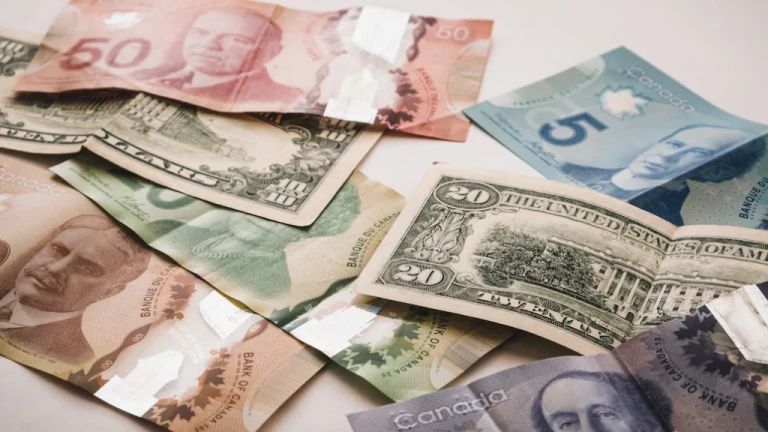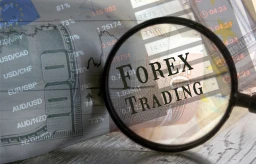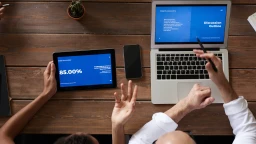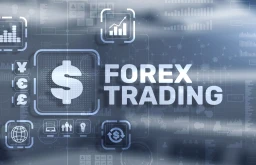What is leverage in forex trading?

Leverage is a term that is used a lot in the forex trading world, but what does it actually mean?
It is essentially the use of borrowed capital to increase your potential returns on an investment.
In this blog post, we will explore what forex leverage is and how it can be used both correctly and incorrectly in forex trading.
Understanding Leverage in the Forex Market
Leverage is a key concept in forex trading and refers to the ratio of invested capital to borrowed funds. A higher ratio means more risk is being taken on by the trader, but also more potential for profit.
For example, if you have a 50:1 leverage ratio, that means you can control $50 worth of currency for every $1 that you have deposited into your account.
While forex leverage can be a great way to increase your potential profits, it can also be a double-edged sword. If used incorrectly, it can lead to heavy losses.
Of course, with great potential comes great responsibility. Leverage magnifies both losses and profits, so it’s important to use it wisely and never risk more than you can afford to lose.

Types of Leverage Ratios
There are four main types of ratios that are used in forex trading:
1. Financial Leverage Ratio
This ratio measures the relationship between a company’s debt and equity. A higher financial leverage ratio indicates a higher risk of default, but also a higher potential return.
2. Debt-to-Equity Ratio
This ratio measures the relationship between a company’s debt and its equity. A higher debt-to-equity ratio indicates a higher risk of default, but also a higher potential return.
3. Interest Coverage Ratio
This ratio measures the ability of a company to make its interest payments. A lower interest coverage ratio indicates a higher risk of default, but also a higher potential return.
4. Total Debt Ratio
This ratio measures the total amount of debt a company has relative to its assets. A higher total debt ratio indicates a higher risk of default, but also a higher potential return.
Forex Leverage and Trade Size
When a trader decides to trade forex, they must first select an amount of money (referred to as capital) that they are willing to risk. This capital is then used to purchase currency pairs, with each order placed representing a certain number of lots. The size of each lot traded will determine the amount of the trader’s use.
For example, if a trader has $10,000 in their account and they place an order for one standard lot of EUR/USD (100,000 units of the base currency), they are using 100:1. This means that for every $1 the trader has in their account, they can control $100 worth of currency.
While leverage magnifies profits, it also increases losses. Therefore, it is important for traders to use stop-loss orders when trading on margin. A stop-loss order is an order that automatically closes a position at a specified price level, limiting the trader’s loss on a trade.
The Risks of Leverage
Leverage is a tool that allows traders to control a larger amount of currency than they would be able to with their own capital. While this can lead to increased profits, it also carries the risk of amplified losses.
When losses occur, they can be magnified by the leverage factor and quickly wipe out an account’s equity. This is why it’s important for traders to understand the risks involved in forex trading before using leverage.
Leverage can also work against a trader when the market moves against their position. If the market moves enough, the trader will not only lose their original investment, but will also owe money to the broker due to the negative balance in their account.
Therefore, it’s essential that traders carefully consider the risks involved in leveraged forex trading before putting their capital at risk.









